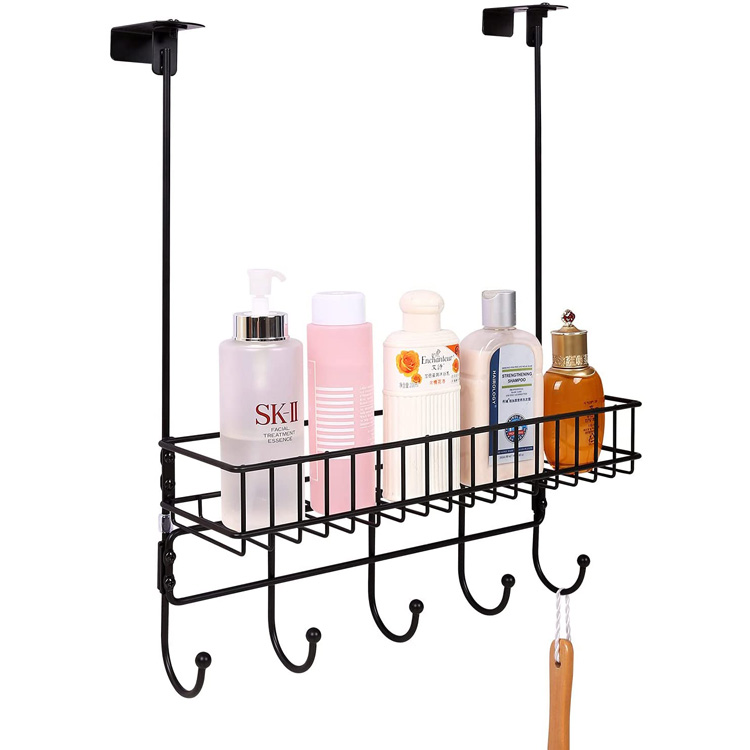
What is the meaning of Household Hazardous Waste Products?
Household hazardous waste products refer to any product that is used in a home that is potentially dangerous if it is not appropriately handled. These products can range from chemicals that are used to keep the home clean and sterile to electronic products that are used on a daily basis. There are many reasons why these products can be dangerous, but the most common is that they can be toxic if they are not appropriately handled.What are some examples of Household Hazardous Waste Products?
Some household hazardous waste products include:- Cleaning products
- Pesticides
- Paints and varnishes
- Batteries
- Pharmaceuticals
- Electronics
- Light bulbs and fluorescent tubes
How to dispose of Household Hazardous Waste Products?
There are several ways that you can dispose of household hazardous waste products:- Take them to a local hazardous waste disposal facility
- Participate in your community's household hazardous waste collection program
- Dispose of small quantities of hazardous waste products in your regular garbage (check with your local waste management agency first to see what is permissible)
- Donate electronic products that are still usable to schools or charities
- Use rechargeable batteries instead of throwaway batteries
In summary, it is essential to handle hazardous household waste products with care. These items, when not appropriately handled, can pose a significant risk to both our health and the environment. Always ensure that you dispose of these products appropriately and, if needed, seek guidance from your local waste management agency or hazardous waste disposal facility.
Dongguan Aishangjia Household Products Limited is a company that specializes in producing high-quality household products. With a wide range of products on offer, including cleaning products, electronic items, and kitchen accessories, they are sure to have something to meet your needs. Visit their website at https://www.asjbesthouseholds.com to learn more about their products and services. If you have any inquiries, you can contact their team at asjsales@szhfd.com.
10 Scientific Papers on Household Hazardous Waste Products
1. Wilhelm, B. E., and J. G. Wilson. (1998). Household hazardous waste: identifying community characteristics that influence environmental justice. Waste Management and Research 16(6), 539-548.
2. Stieb, D. M., Chen, L., Eshoul, M., Judek, S., & Dales, R. E. (2018). Ambient air pollution, birth weight and preterm birth: a systematic review and meta-analysis. Environmental Research, 167, 144-157.
3. Brandt-Rauf, P. (1991). Health hazards of household waste. Journal of Occupational Medicine, 33(8), 816-822.
4. Lee, J., Wolosin, M. S., Thayer, K. A., & Fine, J. (2018). Environmental chemicals in pregnant women in the United States: NHANES 2003-2012. Environmental health perspectives, 126(6), 067009.
5. He, B., Huang, J., Chung, K. K., Lo, C. K., & Li, Y. S. (2018). Technical feasibility and potential benefits of recycling consumer electronic waste in Hong Kong. Resources, Conservation and Recycling, 128, 385-393.
6. Rohwerder, T., & Gehrke, T. (2003). Industrial environmental biotechnology: challenges and prospects. FEMS microbiology reviews, 27(3), 187-197.
7. Ogunseitan, O. A., Schoenung, J. M., Saphores, J. D., & Shapiro, A. A. (2009). The electronics revolution: from e-wonderland to e-wasteland. Science, 326(5953), 670-671.
8. Park, E. K., Gardner, F. L., & Royster, M. O. (1990). Hazardous and toxic waste management in rural America. Journal of rural health, 6(3), 283-292.
9. Khare, V. (2009). A review of e-waste management and recycling challenges in India. Renewable and Sustainable Energy Reviews, 13(6-7), 1438-1447.
10. Ip, A. W., & Li, X. D. (2007). Production of fuel from plastic waste by sequential pyrolysis and catalytic reforming. Waste Management, 27(12), 1810-1818.
